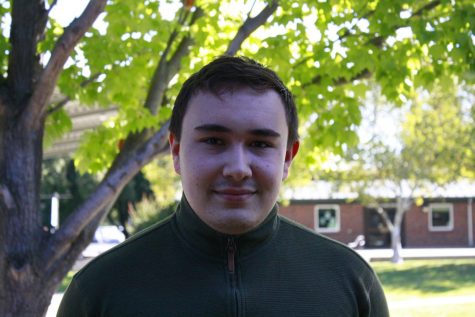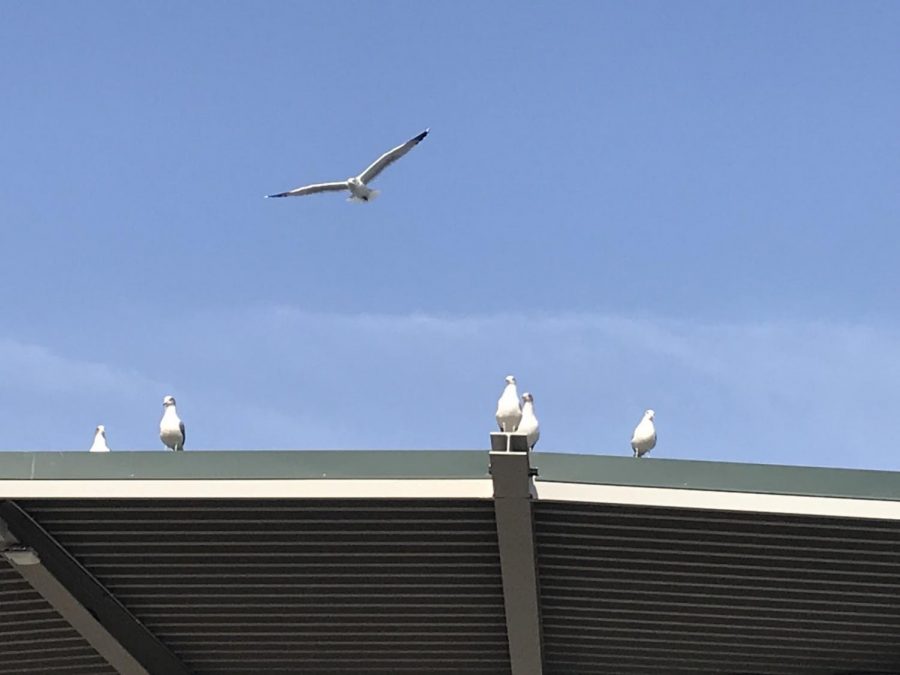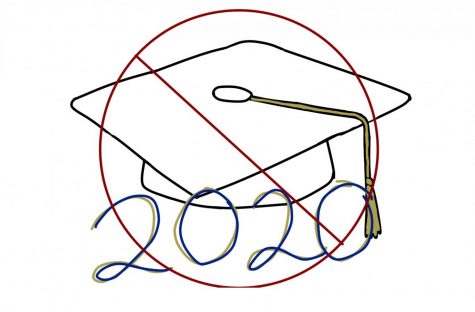The flock is still growing
Why the seagulls at school are a bad thing and how they can be stopped.
We have a proverbial elephant in the room here at Oakmont, and a roughly yearly tradition regarding it. This “elephant” is the seagull flock of unusual size.
Our tradition is to discuss it for a few weeks, then do nothing about it for the rest of the year. Whether this is jump-starting that discussion or not, let’s bring it up.
The seagulls might be a more-than-slight problem for one not-so-big but very common reason: the mess they leave everywhere. Whether it is on the sides of the buildings, on the gutters or grounds or grass, or even on the staff and students themselves, the seagulls seem to be dropping their droppings everywhere.
“I hate the seagull population,” senior Brendan Corpuz said. “I got pooped on my sophomore year.”
To stop the flock from growing, throw away lunch and trash when done with it. That is all it would take, though some might wonder how that would help.
Since they eat whatever is left behind outside of the trash cans, it would reduce their food supply. When a food supply drops, so will the population relying on it, which means if less food or trash is lying around, there will be fewer gulls. Where there are fewer gulls, there are fewer droppings.
“While the seagulls are annoying, [I] just try to avoid them at all costs,” freshman Ethan Noell said.

Antonio Castaneda is a senior and first year staff member. He likes comedy, online entertainment, and music.









